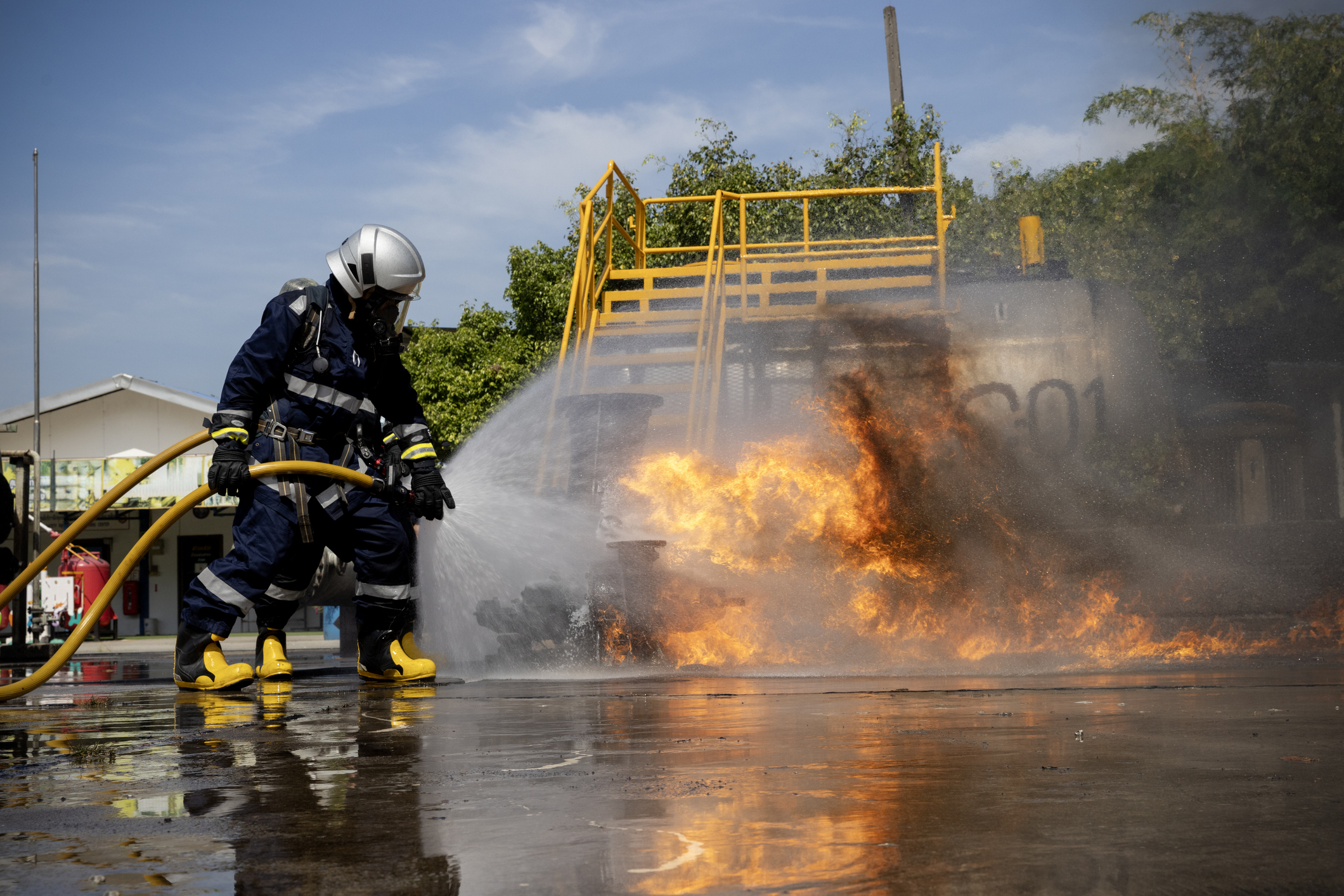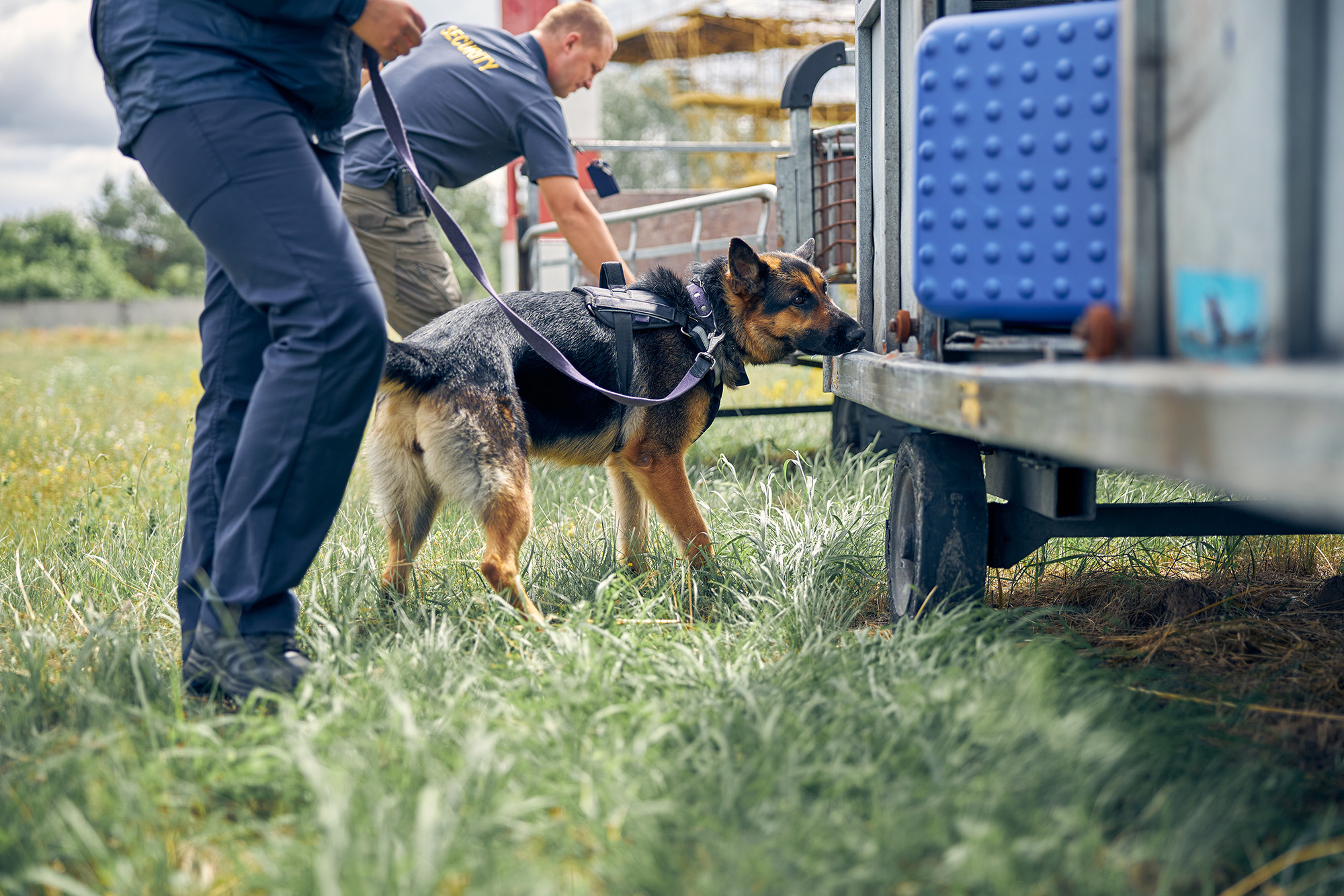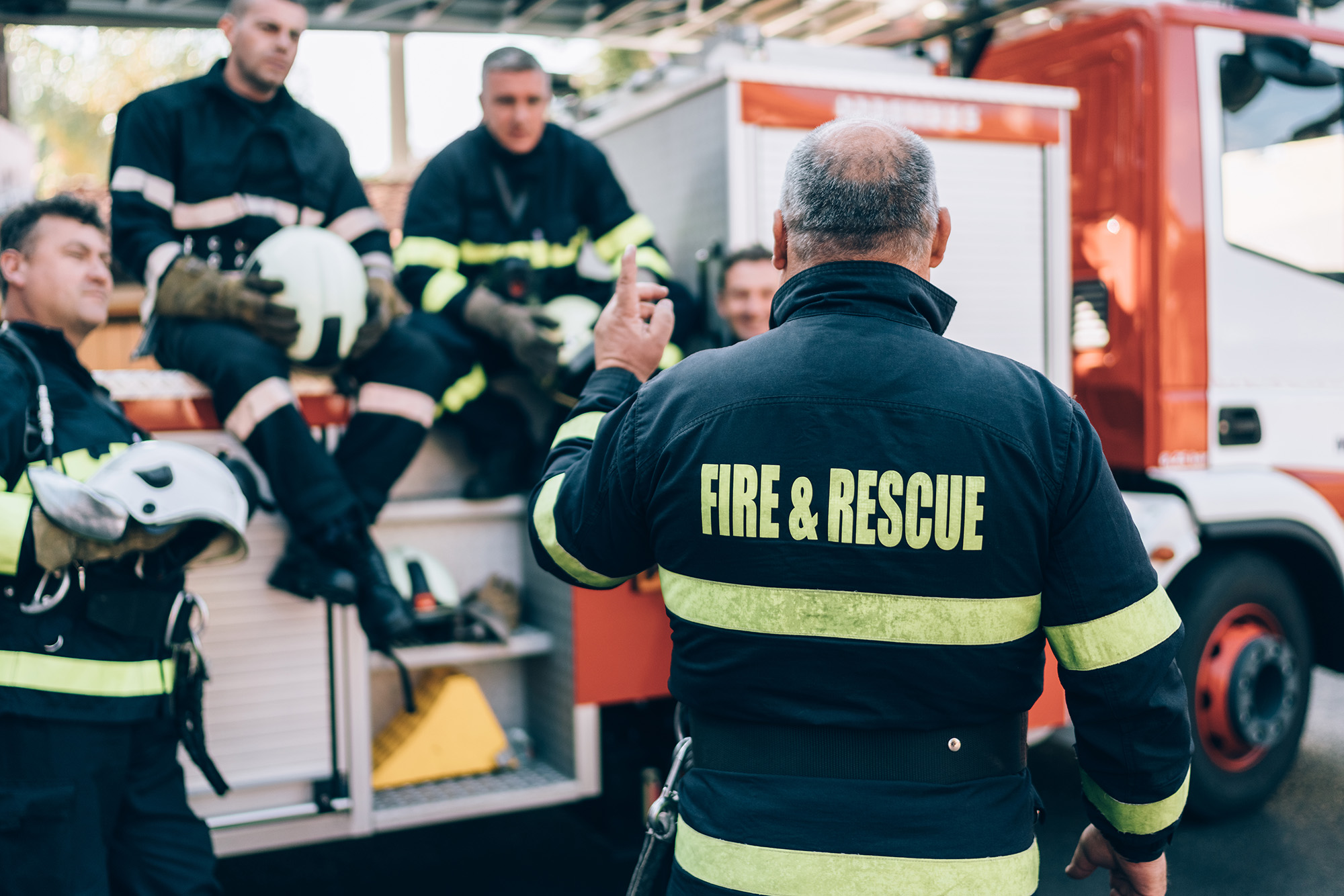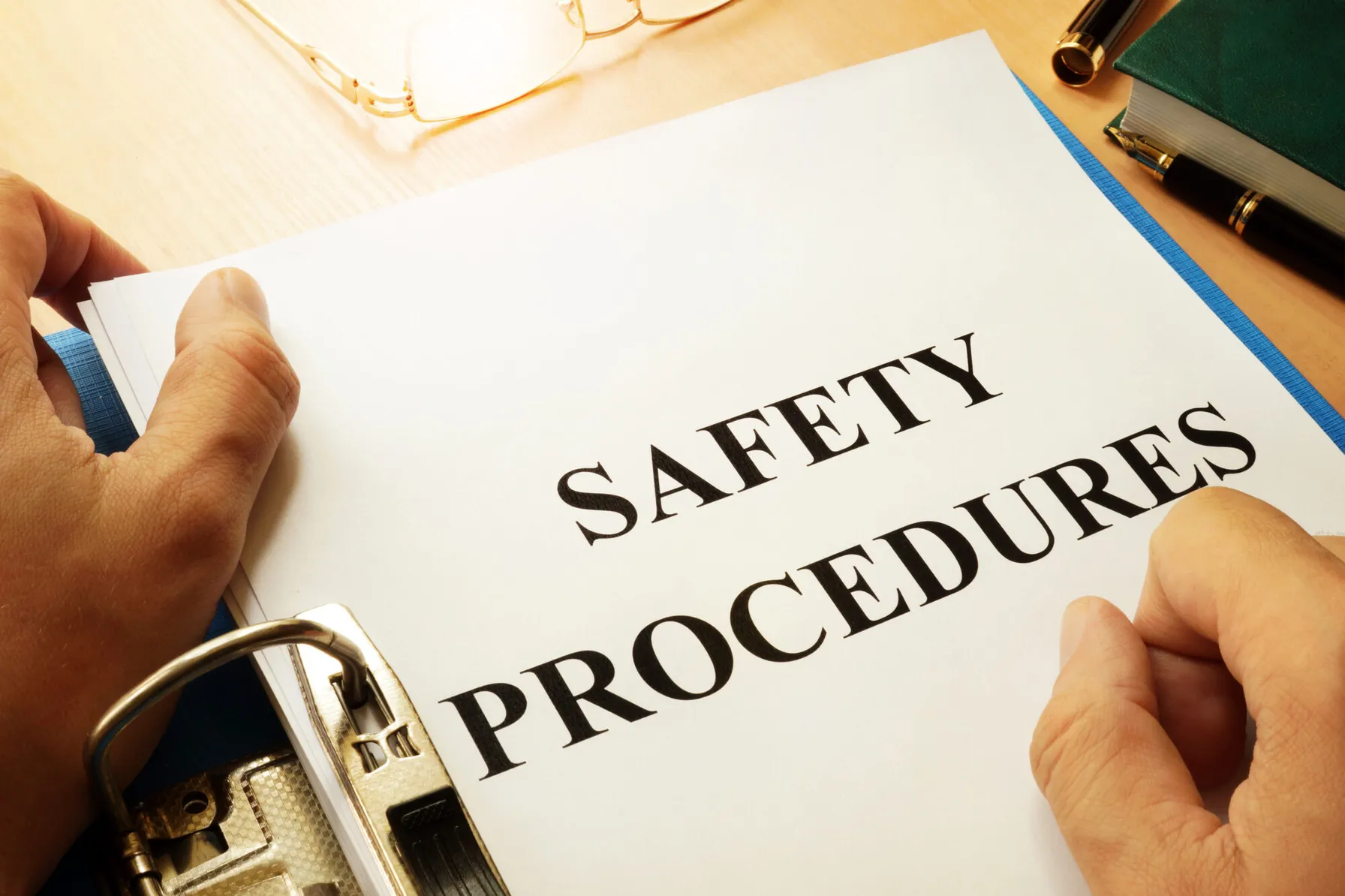Tips to Keep your Protection Procedures and Training Programs Current
Most industrial, commercial and public facilities maintain an emergency preparedness or emergency response plan. It is required by OSHA at the federal level and many environmental regulations include a requirement for some form of emergency response (e.g., Spill Prevention, Control and Countermeasure Plans, Hazardous Waste Contingency Plans, etc.). In addition, many state and local regulations also require an emergency response plan and associated employee training. In TRC’s experience, while most companies, business entities and public institutions do have some sort of emergency preparedness plan in place, many have not been updated in recent years. Accounting for new and emerging threats, new technologies, procedural best practices and a range of training options is essential to ensure your emergency preparedness plan continues to protect your assets, systems, employees and local community.

Updates for Emergency Events and Procedures
With the unfortunate advent of new types of emergencies, it is critical that procedures are developed to address those newer emergencies in a site-specific approach. Typically, older plans will include specific procedures for the following:
- Fire
- Explosion
- Spills and releases
- Medical emergencies
- Confined space rescue
- Fall rescue
- Severe thunderstorm/tornado
- Severe winter weather
- Power outage
- Drinking water contamination

Additional response procedures, as applicable, should be developed and included in an updated response plan and employee training program. Consider adding emergency procedures for:
- Active shooters
- Acts of terrorism
- Bomb threats
- Flooding
- Intrusion, burglary and civil disobedience
- Cybersecurity threats
- Wildlife
The list of potential emergencies can become lengthy, but for the safety of employees and the public, it is imperative that all potentially applicable emergencies be prepared for. It is also important for minimizing property damage and liability to the overseeing organization.
Updates for Training and Practice Drills
Specific procedures and classroom or computer-based training go a long way toward ensuring ongoing preparedness. However, a comprehensive emergency response program should also include drills, announced and unannounced, on a periodic basis. Particularly critical is practicing evacuation and determining if all individuals have been accounted for. Every emergency procedure drill should be followed by an analysis of performance – what did and didn’t work- and a corresponding modification of the procedure and training. Like anything else, practice will strengthen and reinforce successful response.
In addition, although not explicitly stated in emergency planning regulations, it is the legal obligation of the overseeing organization to determine if training should be given in languages other than English if employees and staff are not fluent in English or cannot read in their native language. It is critical to implement training that all individuals can understand and apply.
Another aspect that we at TRC see often is the lack of general response training for visitors and contractors. Basic introductory training when a visitor or contractor is on-site is essential for their safety and the safety of employees and staff that are already trained. Basic training should include emergency alarms/signals, evacuation routes and muster points, highly hazardous areas, use of PPE, escort rules and other critical information. In addition, all visitors and contractors should sign in so if an emergency occurs and an evacuation or other situation requires accounting for all individuals on-site, an accurate list is available. Visitors and contractors often represent the greatest safety challenges to a facility program.
Next Steps:
TRC Can Help
TRC emergency management experts provide facility specific guidance to help identify and customize emergency response procedures. We bring and apply knowledge and experience with successful programs from other facilities to help optimize site-specific implementation – so you will have clear procedures, tailored training (computer-based or classroom) and employees/visitors who know how to respond to any emergency situation. Protection of people is always the main priority but strong emergency response programs also ensure protection of operations, property and community.

Embrace The Shift
Partner With TRC’s Tested Practitioners



